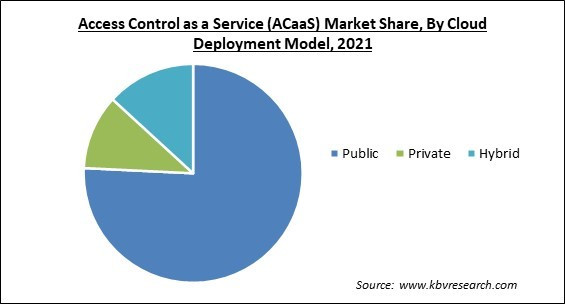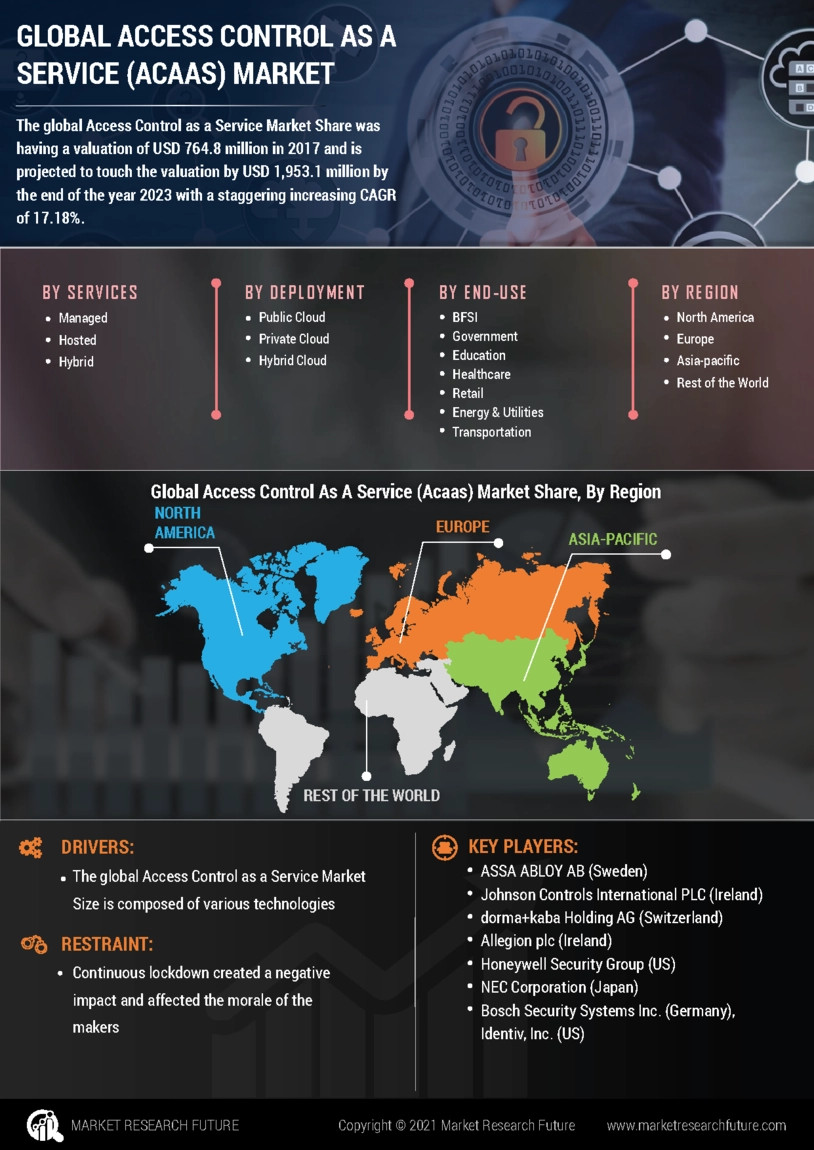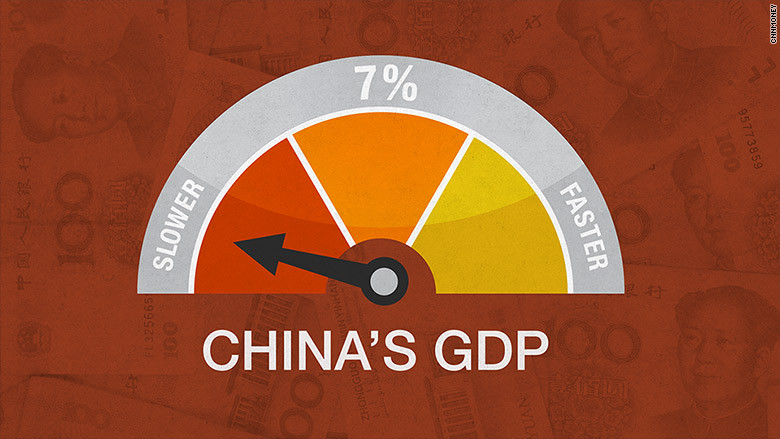Access Control as a Service (ACaaS) Market: A Booming Sector
The security industry is constantly evolving, with new technologies and trends emerging at a rapid pace. As we approach the end of 2024, one sector experiencing explosive growth is Access Control as a Service (ACaaS). This technology offers businesses a way to manage and monitor access to their facilities and systems remotely, improving security and efficiency while reducing costs. But how exactly is ACaaS impacting the global landscape, and what does the future hold for this exciting market?
The Rise of ACaaS: A Multi-Billion Dollar Market
A recent report projects the ACaaS market to skyrocket from USD 1.34 billion in 2024 to a staggering USD 3.06 billion by 2029, representing a compound annual growth rate (CAGR) of 17.9%. This dramatic growth is driven by several factors, including the increasing adoption of IoT-based security systems and cloud computing platforms. Businesses are realizing the benefits of centralized security management, enhanced security measures, and cost savings.
Driving Factors Behind ACaaS Adoption
Several key factors contribute to the rapid adoption of ACaaS. First and foremost is the enhanced security it offers. ACaaS solutions provide robust cybersecurity features, helping to protect against unauthorized access and data breaches. This is especially crucial in today's interconnected world, where cyber threats are constantly evolving. Further driving the growth are the inherent cyber-risk management capabilities. This allows organizations to focus on core objectives while reducing the burden of managing security risks, a significant advantage for busy businesses.
Second, ACaaS offers significant cost savings. Traditional access control systems often require significant upfront investment in hardware and software, as well as ongoing maintenance costs. ACaaS eliminates many of these expenses by providing a subscription-based service. This makes it particularly attractive to small and medium-sized businesses (SMBs), which may not have the resources to invest in a traditional system.
Third, ACaaS provides greater flexibility and scalability. Businesses can easily add or remove users, adjust access permissions, and scale their system up or down as needed. This makes it ideal for organizations with constantly changing needs, such as those with remote employees or multiple locations. The flexibility inherent in the system is a powerful tool in a dynamic business environment.
ACaaS Market Segmentation and Key Players
The ACaaS market is segmented by several factors, including deployment model (hosted, managed, hybrid), authentication methods (card-based, biometric, mobile), and cloud infrastructure (public, private). The public cloud segment is expected to dominate the market due to its affordability, flexibility, and scalability. The commercial sector is the largest vertical market for ACaaS, due to the growing need for advanced security in office buildings and retail spaces.
Some of the key players in the ACaaS market include Johnson Controls, Honeywell International, Thales, ASSA ABLOY, and dormakaba. These established companies are investing heavily in developing and marketing their ACaaS solutions, further fueling market growth. Their experience and established infrastructure allow for wider market penetration.
The Future of ACaaS: Trends and Opportunities
The future of ACaaS looks bright. Several trends are expected to shape the market in the coming years, including:
- Increased integration with other security systems: ACaaS solutions are increasingly being integrated with other security systems, such as video surveillance and intrusion detection, to create a more comprehensive security solution. This integration enhances situational awareness and improves response times in case of incidents.
- Adoption of advanced technologies: The adoption of artificial intelligence (AI) and machine learning (ML) is expected to further improve the efficiency and effectiveness of ACaaS solutions. AI can be used to detect anomalies, predict potential security breaches, and automate certain tasks.
- Growing demand in emerging markets: While North America is currently the leading region for ACaaS adoption, there is significant growth potential in emerging markets. As these markets develop and businesses become more aware of the benefits of ACaaS, adoption rates are expected to increase.
The Importance of Cybersecurity in ACaaS
As ACaaS solutions handle sensitive data, robust cybersecurity measures are crucial. This includes the protection of data centers and the cloud where data is stored and processed. Manufacturers are playing a significant role in ensuring data is stored securely and can be accessed safely. AI plays a vital role in improving cybersecurity by identifying suspicious behaviors and prompting investigations. This vigilance is essential, especially since there is no single gold standard for AI security. New hybrid tools are constantly emerging to exploit vulnerabilities.
Navigating the Shifting Landscape: The Great Return to the Office
The return to the office following the “great resignation” has created additional demand for robust access control solutions. With two-thirds of U.S. office buildings over 90% leased, efficient and secure access management is vital. This trend further fuels the growth of the ACaaS market as companies seek scalable and cost-effective solutions to manage access across their workplace.
Conclusion: Embracing the Future of Access Control
The ACaaS market is poised for significant growth in the coming years. Businesses that embrace this technology will be well-positioned to improve their security, efficiency, and bottom line. The combination of cost savings, enhanced security, and increased flexibility makes ACaaS a compelling solution for organizations of all sizes. The evolving trends in cybersecurity and the return to office spaces highlight the critical role of ACaaS in shaping the future of access control. By understanding the opportunities and addressing potential challenges, businesses can leverage this technology to enhance their security posture and maintain a competitive edge in a dynamic market. The advancements in AI and cloud technologies will only continue to drive innovation and expansion within this rapidly growing sector. The seamless integration of physical security with digital systems is key to building more resilient, secure, and sustainable workspaces for the future.



















